Aldie Mosquito Control
Enjoy your outdoor space again with mosquito treatments free from 9 harsh chemicals
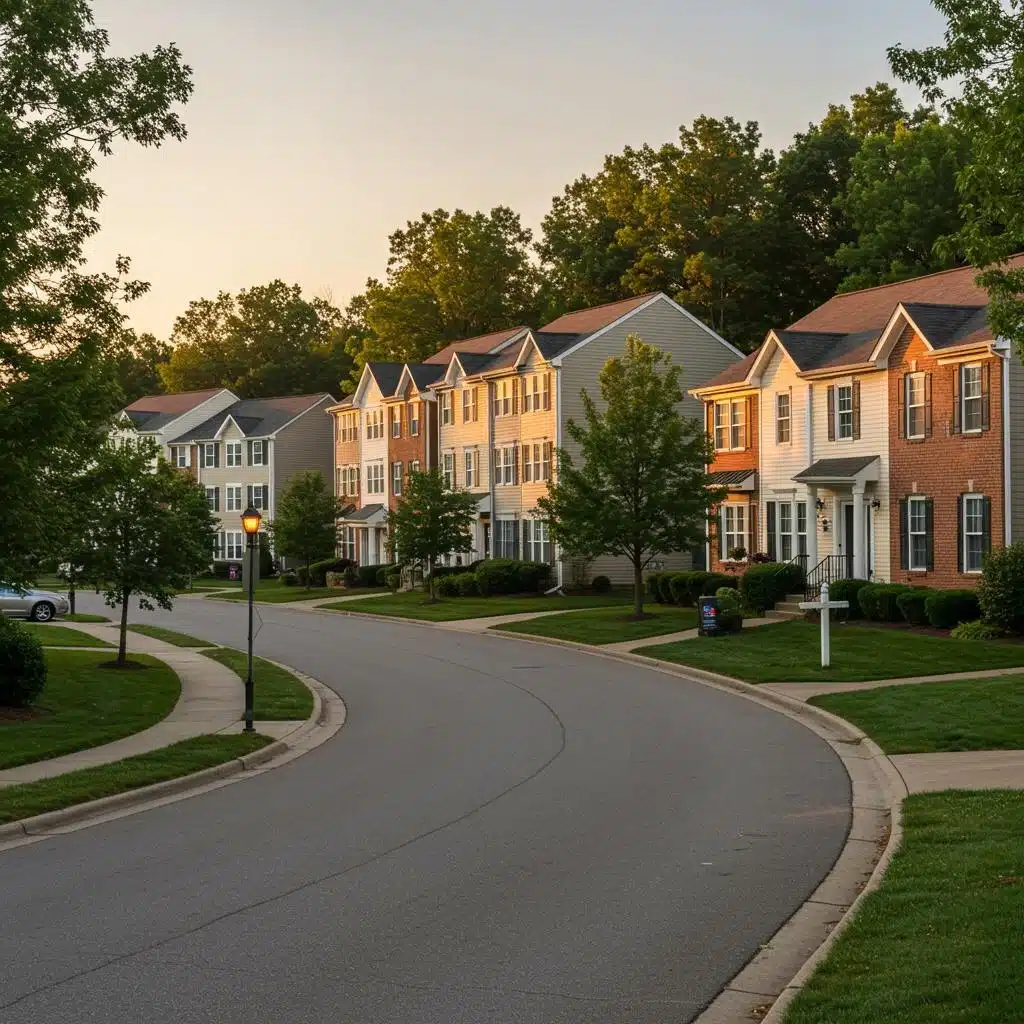





Family Owned
57 years of experience serving local homes with pets and kids.
Lower Risk Products
Our research team picked materials better for the planet & your home
No Contracts
We don't lock you in with paperwork - stay because it works!
Professional Aldie, VA Mosquito Control Services
Swimming pools, patios, and backyard barbecues should be about relaxation—not swatting away mosquitoes. Our Aldie mosquito control programs help families reclaim their outdoor spaces with comprehensive treatments targeting breeding sites and resting areas.
Better Termite & Pest Control brings over 50 years of local expertise to Northern Virginia\'s mosquito challenges. Our internal research team has removed 9 harsh chemicals from standard industry practices, choosing alternatives like Essentria and In2Care technology instead.
We offer flexible program options including single-season sprays, innovative In2Care stations, and bundled pest control packages. Every service comes with unlimited callbacks until we achieve baseline mosquito control—plus no binding contracts because your satisfaction drives our business.
Licensed technicians handle each treatment using products our research team would feel comfortable applying around their own families. Additionally, our bite-free approach combines traditional barrier treatments with cutting-edge larvicide systems for comprehensive mosquito management throughout your property.
Get a Free Quote
Choose the option that works best for you
Option 1: Call a Licensed Tech
Option 2: Submit Your Info to our Team
How Aldie Mosquito Control Works
Barrier treatment forms the foundation of effective mosquito control. Our registered technicians start with detailed property inspections, identifying shaded resting sites, dense foliage areas, and standing water sources where mosquitoes thrive.
Treatment applications use backpack sprayers to target leaf undersides, ivy patches, and turf edges where mosquitoes hide during hot summer days. We apply a dual-action formula combining adulticide for immediate population knockdown with insect growth regulator to disrupt breeding cycles long-term.
Monthly follow-up visits ensure consistent protection throughout mosquito season. Our technicians perform performance checks, adjust treatment zones based on weather patterns, and retreat areas showing renewed activity. Because mosquito populations fluctuate with rainfall and temperature, ongoing monitoring keeps your targeted mosquito spray program effective.
This systematic approach addresses both adult mosquitoes currently bothering your family and larvae developing in breeding sites around your property.
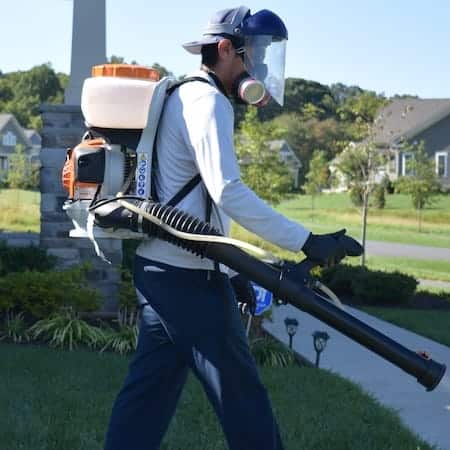
In2Care Mosquito Control System
The In2Care Mosquito Control System represents a breakthrough in eco-minded mosquito management. These discreet stations contain larvicide and Beauveria bassiana fungus—both lethal to mosquitoes yet low-impact on beneficial pollinators.
Here\'s what makes this system exceptional: female mosquitoes enter stations seeking breeding sites, contact treated gauze strips, then carry both larvicide and fungal spores to other water sources. This contamination spreads throughout mosquito populations, killing larvae in places technicians can\'t easily reach.
Stations blend into landscaping while providing year-round residual activity against mosquito breeding. They complement traditional spray treatments for a dual-action strategy that attacks mosquitoes at multiple life stages. Additionally, the system works continuously between service visits, maintaining pressure on mosquito populations even during peak breeding periods.
Long-term mosquito management becomes more effective when combining In2Care technology with barrier sprays. The stations target breeding sites while sprays eliminate adult mosquitoes resting in vegetation.
How In2Care Stations Work
Licensed technicians place stations in shaded, humid areas where adult mosquitoes naturally seek shelter. Each station contains specially treated gauze strips with In2Care larvicide plus Beauveria fungus that mosquitoes unknowingly collect.
When contaminated females transfer these agents to standing water locations, they disrupt entire breeding cycles. This creates a multiplier effect—one mosquito visit can eliminate dozens of larvae across multiple breeding sites.
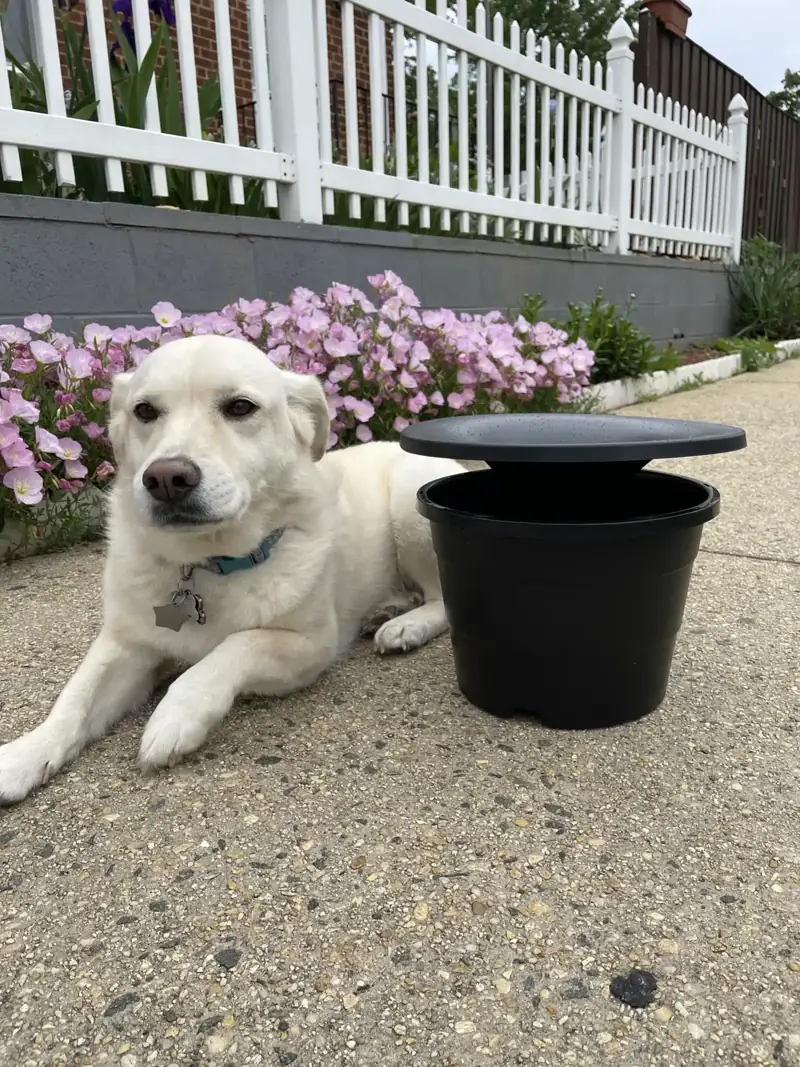
Aldie Tick Treatment
Early spring granular applications in March target emerging tick nymphs at property edges where wildlife commonly travels. This tick surge period represents critical intervention timing because nymph populations can explode rapidly.
April through October brings targeted topical sprays along the ecotone—the transition zone between maintained lawn and natural woodland areas. These treatments block questing ticks from reaching family activity zones.
Late fall granular follow-up in November reduces overwintering tick populations, decreasing next year\'s baseline activity. Tick-borne disease prevention focuses on disrupting life cycles rather than just repelling active ticks.
Our Aldie tick control program specifically addresses Lyme disease and Severe Fever with Thrombocytopenia Syndrome risks common in Northern Virginia. Additionally, treatments target areas where deer, rodents, and birds commonly introduce ticks to residential properties.
Tick Treatment Schedule and Rationale
Granular treatments in March and November target emerging and overwintering tick populations during vulnerable life stages. These applications provide long-lasting residual activity in areas where wildlife introduces new ticks.
Monthly or bimonthly sprays during active season maintain continuous barriers preventing tick movement into family activity areas. This approach reduces human exposure risk while working within natural tick behavior patterns.
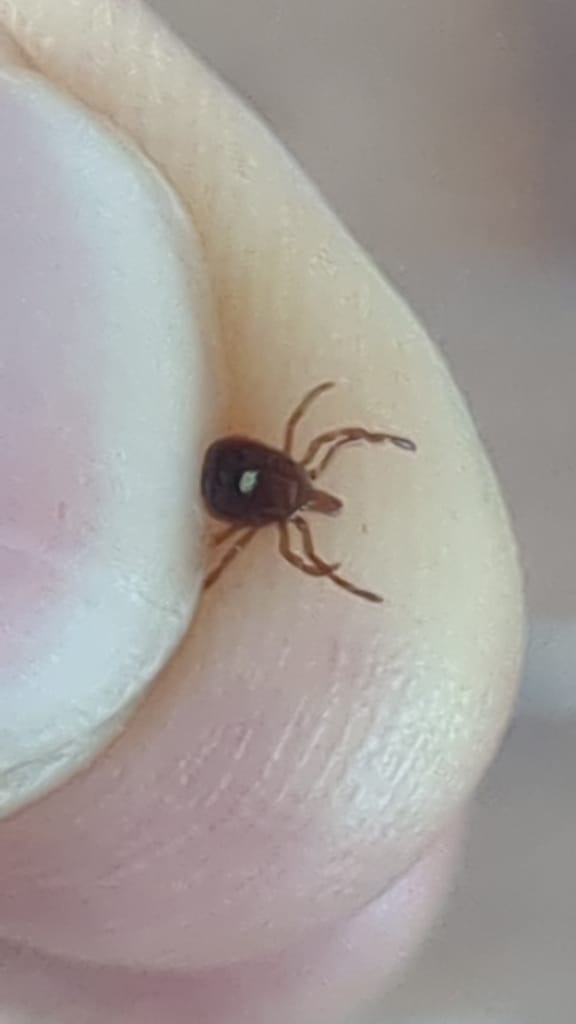
Local Mosquito Insights
Aldie mosquito challenges stem from the area\'s hot, humid summers combined with clay-heavy soils that retain water in low-lying spots. These conditions create ideal breeding environments for multiple mosquito species throughout the growing season.
Common species include Aedes albopictus (Asian tiger mosquito), Culex pipiens, and various floodwater mosquitoes. Asian tigers are particularly aggressive daytime biters, while Culex species prefer evening activity around standing water.
Typical hotspots include drainage ditches, horse pastures common in rural Aldie, woodland edges, and backyard water features. Many properties have natural depressions where rainwater collects, creating temporary breeding sites after storms.
Our DC Metro mosquito control experience helps technicians customize treatment maps for each property\'s unique challenges. We understand how Aldie\'s mix of suburban development and rural landscapes creates diverse mosquito habitats requiring targeted approaches.
Aldie Mosquito Treatment Process
Comprehensive site inspection begins every mosquito control program. Our technicians map breeding sites, identify shaded zones where mosquitoes rest, and check containers that might hold standing water.
Treatment application focuses on perimeter vegetation, applying adulticide plus IGR barrier around property edges and high-activity foliage. The mosquito treatment steps target areas where mosquitoes naturally congregate during daylight hours.
Customer guidance helps maintain treatment effectiveness between visits. We advise removing standing water from bird baths and plant saucers, plus yard maintenance tips that reduce mosquito-friendly conditions.
Our callback policy ensures complete satisfaction—we return for free revisits until mosquito counts drop to acceptable baselines. After each service, customers receive emailed reports summarizing treatments applied and products used on their property.
Step-by-Step Treatment Overview
Property inspection identifies mosquito hotspots including breeding areas and resting sites. Technicians note water-holding containers, dense vegetation, and drainage issues contributing to mosquito activity.
Treatment applications target perimeter vegetation, water-holding areas, and shaded zones using proven mosquito control products. Additionally, we provide homeowner guidance on eliminating conducive conditions between service visits.
Follow-up visits continue until control objectives are achieved, ensuring every customer reaches bite-free outdoor enjoyment.
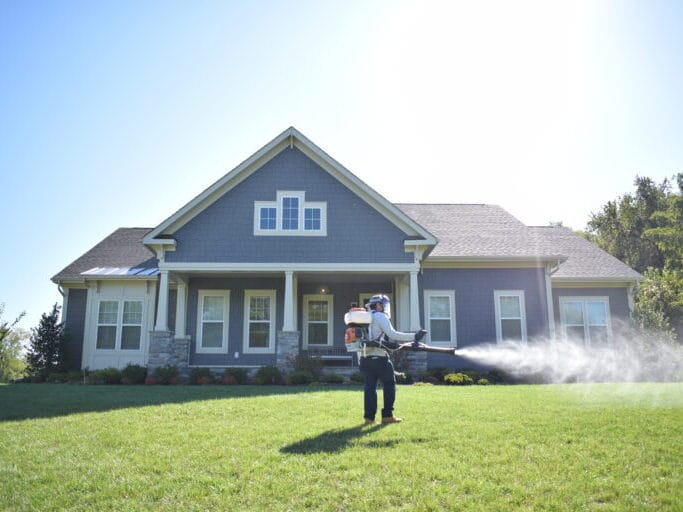
Aldie Seasonal Mosquito Control
Spring treatment begins with granular larvicide applications in March, targeting areas where mosquito eggs overwinter. Initial barrier sprays start before peak hatch season in April, getting ahead of population growth.
Summer maintenance includes monthly backpack spray applications from April through September. In2Care station checks and refills maintain continuous larvicide pressure on breeding sites throughout peak mosquito season.
Fall wrap-up involves final barrier treatments in October, plus winter preparation or removal of In2Care stations depending on your program selection. This timing disrupts late-season breeding before mosquitoes enter overwintering phases.
Flexible scheduling adjusts to weather patterns and mosquito pressure without long-term contracts. Additionally, our technicians modify treatment intensity based on rainfall, temperature, and observed mosquito activity levels.
Seasonal Timing and Adjustments
March brings larvicide applications plus comprehensive site assessments preparing for active mosquito season. This early intervention targets mosquito eggs before they hatch into biting adults.
April through September involves regular spray treatments every four to six weeks, maintaining protective barriers during peak mosquito activity. Station maintenance ensures continuous larvicide availability in key breeding areas.
October through November includes final treatments and station maintenance, reducing overwintering mosquito populations for easier control next season.
